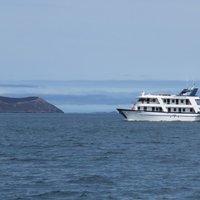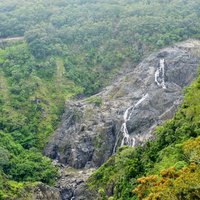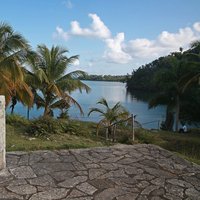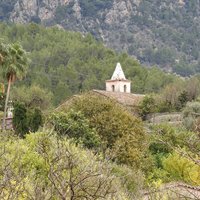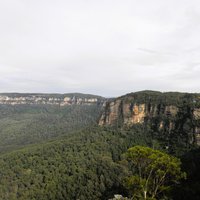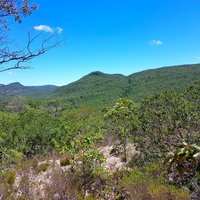Connected Sites
-
Lord Howe Island stick insect: thought to be extinct by 1930 — rediscovered in 2001.
-
Large-billed reed warbler: a warbler rediscovered in Thailand in 2006, previous known only from a specimen collected in India in 1867. A study by Russian ornithologists in 2011 indicated that the species had been misidentified as A. dumetorum in museum collections and that the species may be breeding in Tajikistan, Kyrgyzstan, eastern Uzbekistan and south-eastern Kazakhstan. Nests were found in 2011 in the Panj river valley, Tajikistan.
-
Fernandina rice rat: thought extinct in 1996 (last seen 1980) but found again in the late 1990s. Santiago Galápagos mouse: thought extinct and last recorded in 1906, but was rediscovered in 1997.
-
Mahogany glider: described in 1883 and not recorded between 1886 and 1973. An expedition by theQueensland Museum in 1989 found a living population.
-
Cuban solenodon: By 1970, some thought the Cuban solenodon had become extinct, since no specimens had been found since 1890. Three were captured in 1974 and 1975, and subsequent surveys showed it still occurred in many places in central and western Oriente Province, at the eastern end of Cuba; however, it is rare everywhere. (Wiki)
-
Majorcan midwife toad: described from fossil remains in 1977, living animals discovered in 1979.
-
Wollemi Pine: a species previously known only from fossils from 2 to 90 million years old representing a new genus of Araucariaceae, was discovered in 1994.
-
Cone-billed tanager: undetected from 1938 to 2003, but rediscovered in gallery forest in Emas National Park.



